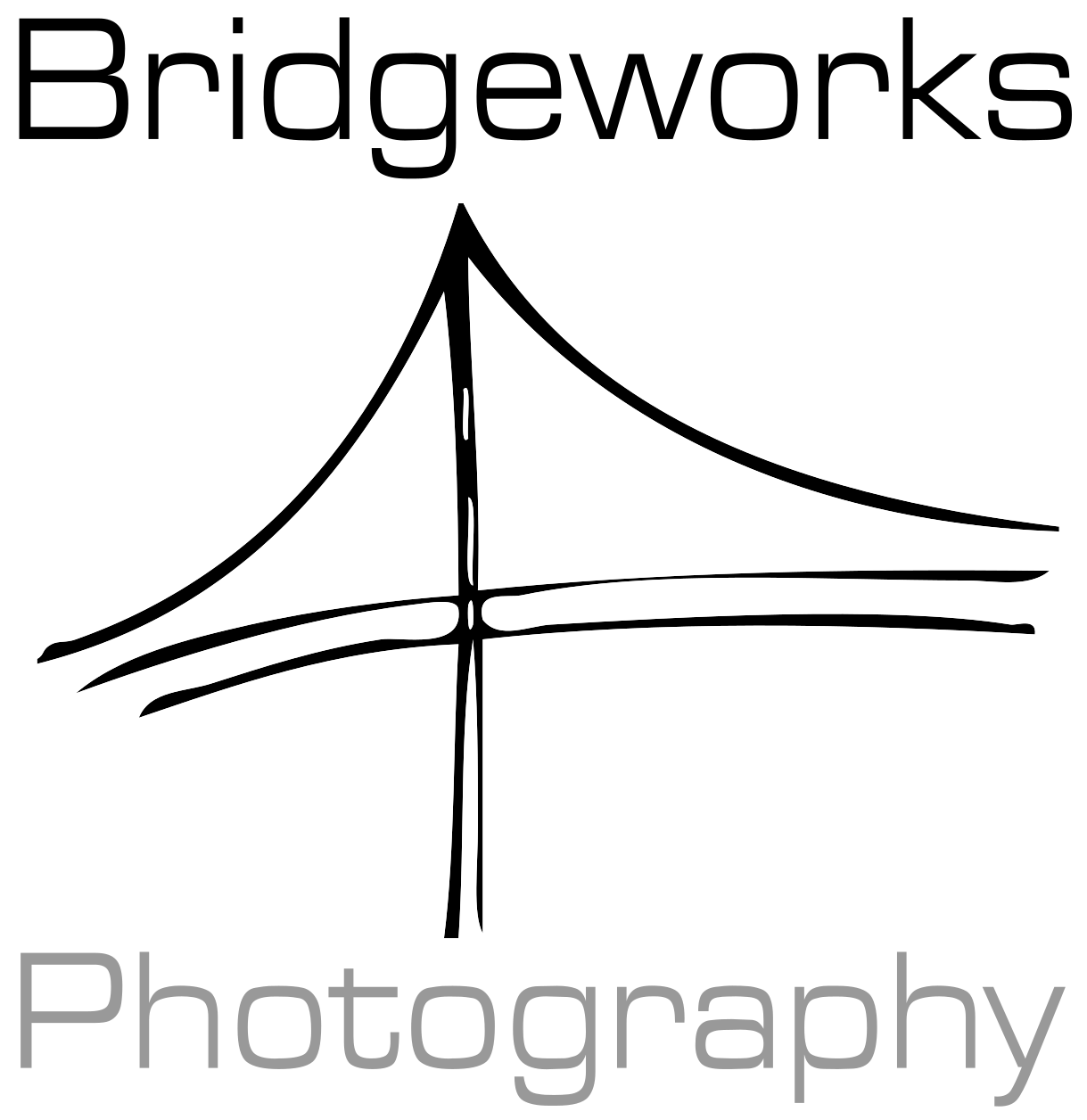Equipment Investment - The Tripod
As with most people, and not exclusively photographers, I have a fixation on new and shiny new equipment/gadgets. Professionals that tend to have more success work hard on reining in the impulse to buy new equipment, and limit themselves to purchases that are supported by a strong business case. Or unless something is too good a deal to pass up (a frequent lie we tell ourselves to buy something we may not need but just have to have). I also have the disadvantage of being a Jeep Wrangler owner, a community known for its rabid attraction to vehicle modification and anything with a Jeep logo on it. When the day comes that there’s a Jeep branded camera bag, lens, etc, I will almost certainly go bankrupt. Nevertheless, there comes a time in the life of even the most frugal photographer where new equipment needs to be added to your kit bag.
Both David duChemin and Karl Taylor have provided some excellent guidance on how and when to purchase new equipment, and that advice is summed up neatly as knowing when something is a want vs need purchase, and understanding how long it will take you as a professional to get a return on your investment in terms of production hours. There’s nothing worse than spending $10k on equipment, and then using it so little that you have to pay it off with your blood and sweat over the course of ten years. All of that needs to be factored in to a photographer’s business case. However, there is one piece of equipment that I’ve had no reservations about spending a bit more money on, and that has been my tripod.
Lever lock tripod legs
Faster and easier to use than twist-lock, but can require extra attention in cleaning to ensure they don’t jam up. Also very useful for quickly adjusting a tripod to work on uneven terrain.
A quality tripod has been invaluable for my studio and landscape work, making it easy to shoot my camera tethered, add stability, and enable technically more complex shoots that require light painting or capturing movement. My main axe at the moment is the Manfrotto BeFree Advanced, paired with a three-way pan/tilt fluid head. This ticks a lot of the boxes I need, as it allows me to do smooth pans while shooting video, and makes it easy to do precise adjustments to the orientation of my camera along one axis at a time without throwing out any of my other adjustments. I also have a ball head for this tripod sitting in my kit bag, as the only better place for it would be on someone else’s tripod (at least to my mind). It packs down to a compact size when I’m hiking or doing session work in austere areas, but is still heavy enough to absorb minor vibration. Most importantly, I chose a tripod head that uses an Arca-Swiss plate mount, which allows me to easily move my camera between different tripods, belt/strap mounts, and other camera straps without having to take additional time to replace the camera shoe with one that is compatible with whatever mount I want to use next. Easy to understand information on the Arca-Swiss system is available here.
3-Way Pan Tilt Fluid Drag Head
Great for making minute adjustments along one of three axes at a time. It does not have all of the same flexibility of a ball head, but affords much better control and allows for smooth camera panning.
When you select your own tripod consider what features you might find useful and how much weight it may need to support. Do you want lever-lock legs or twist-lock? Does it need to be really small to travel easily? Are you doing still photography, or also video? All of these are factors in deciding what type of tripod to buy, and if purchased to meet your shooting needs, a good tripod will repay its investment to you very quickly.



